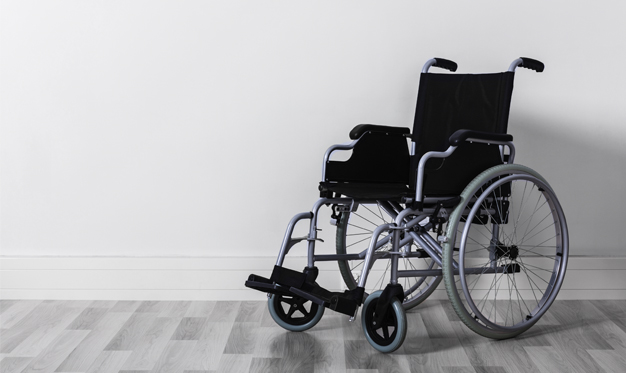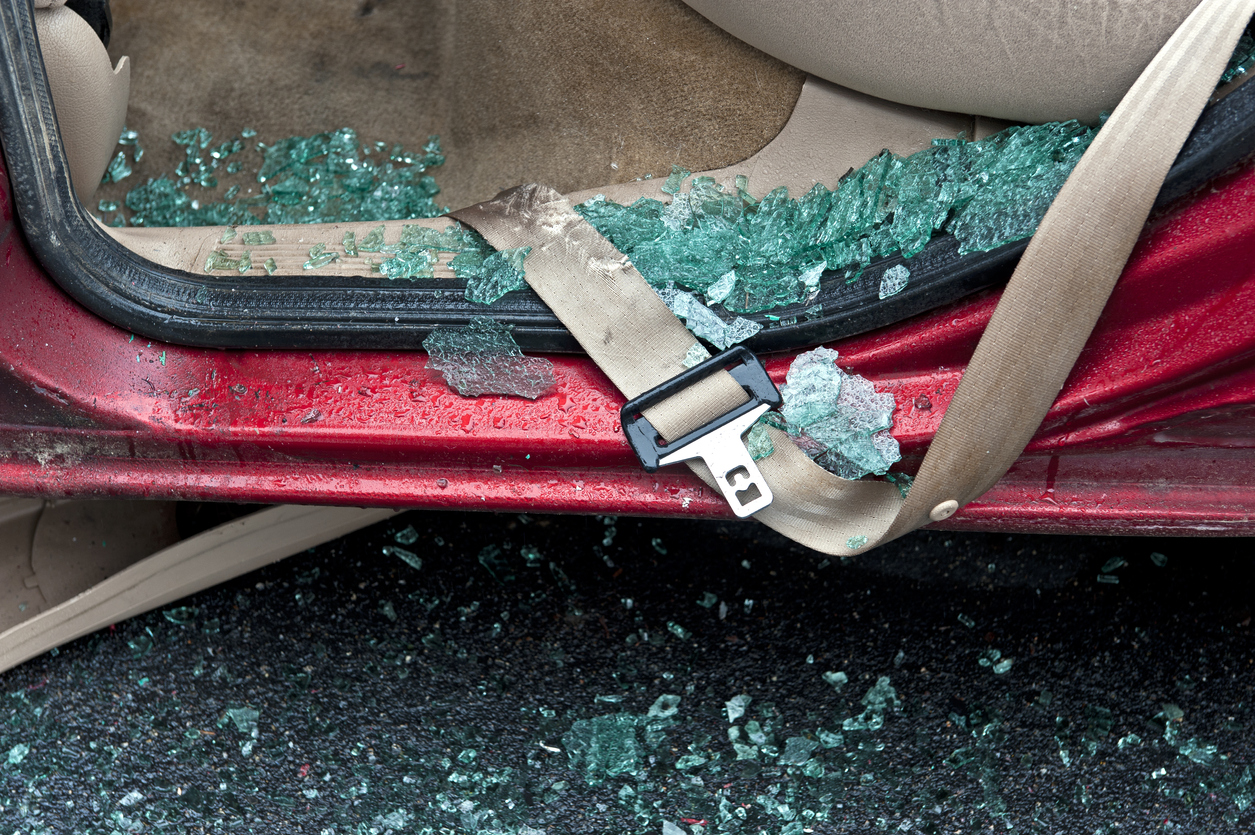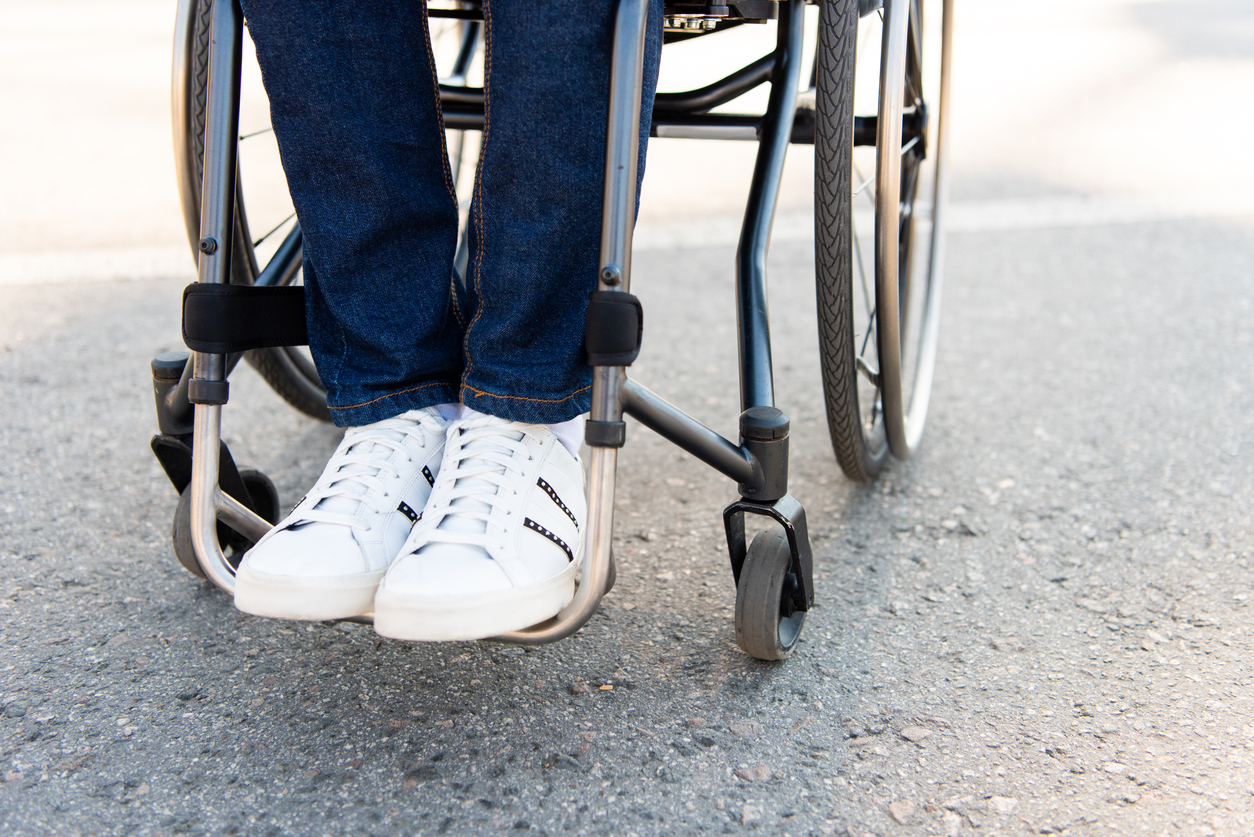Regrettably, individuals can experience a temporary or permanent diminishment in their ability to perform certain functions due to a tortfeasor. Forensic accountants and economists are regularly retained in matters involving the injury or death of an individual for the purpose of quantifying the economic value of this diminished capacity, including, but not limited to, the reduction in the individual’s past and future earnings, the decrease in his or her ability to perform domestic/household services, and the summarization of medical expenses. This article discusses some of the complexities and issues that may arise in a personal injury case that involves the temporary or permanent reduction in an individual’s earnings potential.
An assessment of an individual’s lost earnings should consider the following:
- Probable earnings stream absent the impairment stemming from the tortfeasor’s actions;
- Actual earnings achieved following the subject event;
- Residual earnings capacity that could have been attained with mitigation;
- Offset for any savings in personal consumption expenditures that are no longer being incurred; and
- Increased education, retraining, or other costs incurred to accomplish mitigation.
Projected Earnings:
Forensic accountants and economists compute the future earnings that would have been achieved absent, or “but for”, the event that limits or terminates an individual’s income stream. For individuals deriving compensation in the form of employee wages and employer-paid benefits, the following information specific to the individual may be useful in determining “but for” earnings:
- Educational attainment and anticipated future education;
- Employment history, including promotions and wage increases;
- Anticipated date of retirement;
- Individual Federal and State Income Tax returns along with the supporting attachments and schedules;
- Form W-2 Wage and Tax Statements and paystubs;
- Personnel file, including any written agreements for incentive-based pay;
- Employee benefit guides, including plan documents and employer’s costs; and
- If a union member, collective bargaining agreements and pension
documents.
Business owners and self-employed individuals may also experience a reduction in earnings due to a temporary or permanent diminished capacity. However, unlike an employee, business owners or self-employed individuals may derive their income from multiple sources, such as the profits (or losses) of the business(es) that they either wholly or partially own, a salary paid by the business(es) to the owner, or a combination thereof. Forensic accountants are particularly adept at deciphering business records and determining the actual earnings/compensation realized by business owners and self-employed individuals, especially given the varying compensation methods that these individuals may utilize.
Furthermore, since the profits (or losses) generated by the business(es) may not all be attributable to the physical efforts, or human capital, of the owner, it is important that a forensic accountant analyze the business’ historical financial, accounting, and operating records in order to separate the profits (or losses) between those related to the owner’s human capital versus invested capital. Understanding the individual’s roles and responsibilities within the business may also assist with the determination of income that the business owner derived from their own human capital versus the return on their investment in the business (i.e. invested capital). This is particularly important when the business continues to operate following the owner’s injury.
Additional types of documents that are valuable in forecasting earnings absent an injury for a business owner include:
- Articles of Organization, including Shareholder Agreements;
- Corporate Federal and State Income Tax returns along with the supporting attachments and schedules;
- Annual Financial Statements audited, reviewed, or compiled by an external Certified Public Accountant;
- Sales and customer orders on a monthly or periodic basis;
- Profit and Loss a/k/a Income Statements or General Ledger activity on a monthly or periodic basis;
- Payroll registers and amounts paid to contract labor on a monthly or periodic basis; and
- Any documents specific to the type of business or industry (i.e. production for a manufacturer; patient visits and charges for a medical provider; chargeable hours and value for an accountant or other professional service provider, etc.).
Actual Earnings:
In cases where individuals return to work following an injury, his or her actual earnings may be obtained from the same types of documents that were originally utilized to forecast wages and benefits “but for” the event. For business owners and self-employed individuals, however, there are additional considerations. First, the business’ financial records after the occurrence should be thoroughly examined to ensure that any reduction in compensation and profits are causally related to the owner’s injuries, and not attributable to other factors, such as changes in economic conditions, increased competition, modifications to cost structure, product mix, etc. In addition, while the self-employed individual or business owner may no longer receive the same level of compensation for their own physical efforts due to the injuries, the surviving assets of the business may still continue to provide the owner a return on their invested capital. For these reasons, it is again imperative to obtain a thorough understanding of the individual’s compensation package preceding and subsequent to the occurrence of the event.
Mitigating or Residual Earnings:
If an individual is not able to resume working in the same capacity due to his or her injury, their residual employability should be considered. Generally, injured individuals must undertake a reasonable effort to mitigate their losses, and the following key questions can help establish the magnitude of the impairment, if any, along with his or her efforts:
- Do your injuries preclude you from working on a part-time or full-time basis in the same job as prior to the occurrence?
- With treatment for your injuries, are you be able to continue working in the same or a similar job either on a part-time or full-time basis?
- Do you possess any education, knowledge and/or skills that may transfer to another vocation?
- Have you undertaken any efforts since the occurrence to find substitute employment?
- Will your injuries force you to retire from work at an earlier date than originally planned?
- Is it anticipated that your injuries will have a negative impact on the length of your life expectancy?
Since forensic accountants and economists typically do not possess the education, experience, and training to answer these types of questions, attorneys on both sides may engage a medical and/or vocational rehabilitation expert to address these issues. These other experts examine medical records, meet with the injured individual, perform testing, and complete research to opine on the impact of the injuries to the individual’s ability to work, while also providing a recommendation of other types of occupations that may be suitable given the individual’s limitations. Forensic accountants and economists then incorporate the findings of the medical and/or vocational rehabilitation experts to compute the individual’s residual earnings capacity, which is an offset to the individual’s “but for” earnings.
Avoided Costs:
The reduction in earnings for an injured individual should be adjusted downwards for costs related to his or her employment that are no longer being incurred. Examples of avoided, or saved, expenses for an employee may include the following:
- Commuting costs, such as gas, parking, tolls, etc.;
- Dues and similar contributions for a union member;
- Professional licenses, memberships and/or training, unless reimbursed by the employer; and
- Income taxes, with certain caveats.
For self-employed individuals and business owners, the forensic accountant’s examination of the business’ financial records is necessary not only to understand the profits (or losses), but also to ensure that all costs related to his or her self-employment are properly considered. For example, assume an Uber driver reports $10,000 per year of gross fare revenue for income tax purposes with no deductions for expenses. It is inappropriate to consider just the gross fare received by an Uber driver in an evaluation of lost earnings, as he or she would only be entitled to the lost gross fare reduced for those costs that are no longer being incurred, such as fuel, parking, tolls, repairs & maintenance, etc.
The full amount of an individual’s compensation is also not necessarily available for their enjoyment, as some portion of it is ultimately paid to taxing authorities. If the income taxes for an employee or a business owner are reduced following an injury, it may be appropriate to consider avoided Federal and State Income, including self-employment, taxes in the calculation of lost net earnings, as Section 104(a)(2) of the Internal Revenue Code states that damages (other than punitive) that compensate an individual for personal physical injuries or physical sickness are excludable from gross income. A word of caution, though, as the jurisdiction for the case (i.e. Federal, State, etc.) may have set precedent or there may be pattern jury instructions that dictate whether lost earnings should be computed on a before-tax or after-tax basis.
Increased Expenses to Accomplish Mitigation:
In conjunction with their work in a case, the vocational rehabilitation expert may also identify opportunities for an injured individual to obtain further formal education and/or re-training in order to allow for his or her return to work in a different capacity or occupation. To the extent the individual incurs incremental education and/or retraining expenses and these costs mitigate, or offset, the loss of earnings that otherwise would have been sustained if no mitigation had been undertaken, the computation of an individual’s lost earnings should consider these increased costs.
A self-employed individual or business owner may also be able to mitigate their earnings loss by hiring a replacement worker to complete certain tasks and responsibilities that he or she is unable to perform following an injury. Take, for example, an individual that owns and operates a landscaping business. While an injury may preclude the owner from working at customer sites, they may still be able to perform light-duty work managing the business from the office. The cost to hire a replacement worker to complete the heavy-duty tasks would more than likely result in an increased payroll cost. However, since the business owner presumably mitigates a loss of earnings by hiring the replacement worker, the additional payroll expenses would be included in any computation of lost earnings.
Summary
The computation of economic damages in a personal injury case should consider the earnings that the injured individual would have received “but for” the event that temporarily or permanently diminishes their capacity to perform certain functions. The expected “but for” earnings are reduced for the actual post-injury compensation and/or the residual earnings that could have been realized had the individual mitigated his or her damages. The net reduction in earnings may be further adjusted for personal consumption expenditures that are no longer being incurred and/or increased costs to accomplish mitigation of the “but for” earnings.
Forensic accountants should be added at the outset of the case to provide guidance in identifying relevant compensation issues along with the types of financial records that should be obtained to accurately quantify the injured individual’s unimpaired and impaired earnings. Lastly, there are many other nuances that may need to be addressed in the quantification of lost earnings stemming from the injury or death of an individual, such as the discounting of future losses to a present value, which are beyond the scope of this article.
Written for and published in the ABA TIPS Joint Automobile Litigation and Staff Counsel Committee newsletter.
The statements or comments contained within this article are based on the author’s own knowledge and experience and do not necessarily represent those of the firm, other partners, our clients, or other business partners.








































